Home>Ideas and Tips>How To Choose And Install The Right Bathroom Fan With Air Quality Monitoring
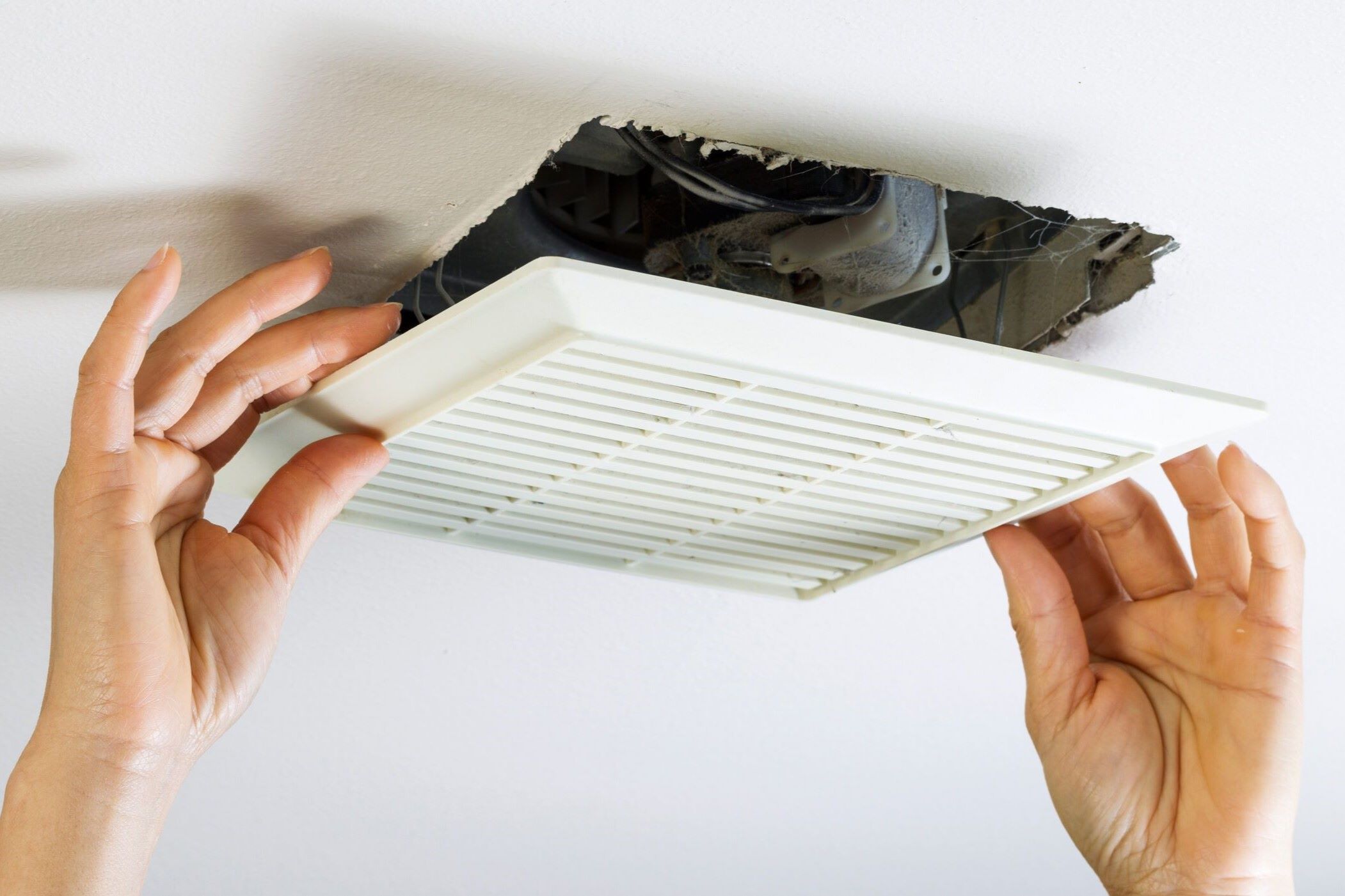

Ideas and Tips
How To Choose And Install The Right Bathroom Fan With Air Quality Monitoring
Modified: October 18, 2024
Learn how to choose and install the perfect bathroom fan with air quality monitoring to ensure a fresh, mold-free, and comfortable bathroom environment.
(Many of the links in this article redirect to a specific reviewed product. Your purchase of these products through affiliate links helps to generate commission for Storables.com, at no extra cost. Learn more)
Choosing the right bathroom exhaust fan is crucial for maintaining a healthy and comfortable bathroom environment. These fans not only remove odors and moisture but also play a significant role in preventing mold and mildew growth. In this article, we will guide you through the process of selecting the ideal bathroom exhaust fan and provide detailed instructions on how to install it properly, including tips for air quality monitoring.
Understanding Bathroom Exhaust Fans
Bathroom exhaust fans are essential for removing stale air, excess moisture, and unpleasant odors from your bathroom. These devices are typically mounted on the ceiling or wall and come with various features such as speed control, timers, and humidity sensors. The primary function of a bathroom exhaust fan is to improve air quality by ensuring that the air in the bathroom is constantly circulated and fresh.
Types of Bathroom Exhaust Fans
There are several types of bathroom exhaust fans available, each with its own set of features and installation requirements.
-
Ceiling-Mounted Fans: These are the most common type of bathroom exhaust fan. They pull moisture and odors through the roof or ductwork and can be equipped with additional features like heaters, motion sensors, or night lights. Ceiling-mounted fans are versatile and can be installed in most bathrooms, but they may require ductwork to vent outside.
-
Wall-Mounted Fans: These fans are ideal for first-floor bathrooms in two-story homes because they can vent directly outside without needing ductwork. Wall-mounted fans are often more affordable than ceiling-mounted fans and can be a good option for smaller bathrooms or those with limited ceiling space.
-
Remote Fans: Remote fans are designed for larger bathrooms that require more than one vent or use a single system to vent multiple bathrooms. These fans are quieter than ceiling-mounted or wall-mounted fans and are best suited for bathrooms with limited ceiling space.
Choosing the Right Bathroom Exhaust Fan
Selecting the right bathroom exhaust fan involves considering several factors, including size, design, and features.
Size and Design
The size of the fan is crucial and should be determined based on the square footage of your bathroom. Here are some general guidelines for sizing your fan:
-
Small Bathrooms (less than 50 square feet): For small bathrooms, a fan with a CFM (Cubic Feet per Minute) rating of 50 is recommended.
-
Medium Bathrooms (51 to 100 square feet): For medium-sized bathrooms, you should choose a fan that provides 1 CFM per square foot. For example, an 8 ft x 10 ft bathroom would require an 80 CFM fan.
-
Large Bathrooms (over 100 square feet): For larger bathrooms, ventilation is based on the number and type of fixtures present. For instance:
- Jetted tub: 100 CFM
- Shower: 50 CFM
- Toilet: 50 CFM
- Tub: 50 CFM.
Noise Level
Noise level is another important consideration when choosing a bathroom exhaust fan. Fan noise is measured in sones, with lower sone ratings indicating quieter fans. For example, a refrigerator operates at 1.0 sones, while a television might be around 4.0 sones. If you prefer a quieter fan, look for models rated at 1.0 sones or fewer.
Energy Efficiency
Energy efficiency is also a significant factor in choosing a bathroom exhaust fan. Look for fans with ENERGY STAR ratings, which indicate that the fan meets energy efficiency standards set by the U.S. Environmental Protection Agency. These ratings can help you save on electricity costs without compromising performance.
Additional Features
Some bathroom exhaust fans come with additional features that can enhance functionality and comfort:
-
Built-in Lights: These fans often include built-in lights that can provide additional lighting in the bathroom.
-
Humidity Sensors: These sensors automatically turn on the fan when the humidity reaches a certain level, ensuring that moisture is removed efficiently.
-
Motion Sensors: These sensors turn on the fan when someone enters the bathroom and continue to run for a pre-set time, ensuring that the air remains fresh and clean.
-
Heaters: Some fans come with heaters that can keep the bathroom warm after a shower, making it more comfortable to step out of the shower into a warm environment.
Installing the Right Bathroom Exhaust Fan
Installing a bathroom exhaust fan involves several steps, including cutting into the home’s structure, ventilating the fan to the outside, and considerable electrical work. Here’s a detailed guide on how to install a bathroom exhaust fan:
Step 1: Plan Your Installation
Before starting your installation, plan where you will place your fan. The fan should be placed near the shower or bathtub for maximum moisture extraction. Ensure that the location you choose allows for proper venting to the outside.
Step 2: Measure Your Bathroom
Measure your bathroom to determine the correct size of your fan. Use the guidelines mentioned earlier to calculate the CFM rating needed for your bathroom.
Step 3: Choose Your Venting Method
Decide how you will vent your fan. The most common methods include:
-
Direct Venting: Venting directly outside through a sidewall or roof is recommended. This method prevents moisture from accumulating in attics or soffits, which can lead to mold growth and structural damage.
-
Ducted Venting: If direct venting is not possible, use insulated flexible ducting to channel the extracted air from the bathroom to the outside. This method helps reduce noise and prevents condensation.
Step 4: Prepare Your Electrical Connections
Handling electrical connections requires proper knowledge and caution. Ensure that the circuit can handle the load of the fan and follow local electrical codes. If unsure, consider hiring a professional electrician for this work.
Step 5: Install Your Fan
-
Cutting into the Structure: Use a stud finder to locate studs in your ceiling or wall. Mark the area where you will cut into the structure. Use a drywall saw or utility knife to make the cut, then remove any drywall or insulation as needed.
-
Mounting the Fan: Follow the manufacturer’s instructions for mounting your fan. Typically, this involves attaching the fan to a mounting bracket and securing it with screws.
-
Connecting Ducting (if applicable): If using ducted venting, connect one end of the ducting to the fan outlet and secure it with clamps or tape. Ensure that all connections are tight and sealed to prevent air leaks.
-
Connecting Electrical Wiring: Connect the electrical wiring according to local electrical codes and manufacturer instructions. Ensure that all connections are secure and meet safety standards.
Step 6: Test Your Fan
Once installed, test your fan by turning it on and checking for proper ventilation. Use the “toilet paper test” to ensure that the fan is running efficiently: tear off two squares of toilet tissue and hold them up to the fan cover while it’s running. A well-functioning fan should hold the tissues up.
Ensuring Proper Ventilation
Proper ventilation is crucial for maintaining a healthy bathroom environment. Here are some tips to ensure that your bathroom exhaust fan is working effectively:
-
Run the Fan Long Enough: Run your fan for at least 20 minutes after each use to ensure that all moisture is removed from the bathroom.
-
Use Timers or Humidity Sensors: Consider installing timers or humidity sensors that automatically turn on the fan when needed, ensuring continuous ventilation without user intervention.
-
Check Local Building Codes: Ensure that your installation meets local building codes and regulations to avoid safety hazards and potential issues when selling your home.
How to Tell When It’s Time to Replace Your Fan
Bathroom exhaust fans are designed to last for 10 years or more with normal use and minimal maintenance. Here are some signs that indicate it’s time to replace your fan:
-
Cleaning Issues: If your fan is noisy or fails to adequately ventilate the room, it may be time for replacement.
-
Moisture Buildup: If you notice dripping windows, moisture collecting on walls, or excessively foggy mirrors that do not clear quickly, it may be time to replace your fan.
-
Efficiency Test: Perform the “toilet paper test” mentioned earlier to check if your fan is running efficiently. If it fails this test, it’s likely time for replacement.
Conclusion
Choosing and installing the right bathroom exhaust fan with air quality monitoring is crucial for maintaining a healthy and comfortable bathroom environment. By considering factors such as size, design, noise level, energy efficiency, and additional features like timers and humidity sensors, you can select a fan that meets your needs. Proper installation involves planning your installation carefully, measuring your bathroom accurately, choosing the right venting method, preparing electrical connections safely, and testing your fan after installation. By following these guidelines and ensuring proper ventilation practices, you can enjoy a fresh and clean bathroom space that promotes overall well-being.
Was this page helpful?
At Storables.com, we guarantee accurate and reliable information. Our content, validated by Expert Board Contributors, is crafted following stringent Editorial Policies. We're committed to providing you with well-researched, expert-backed insights for all your informational needs.
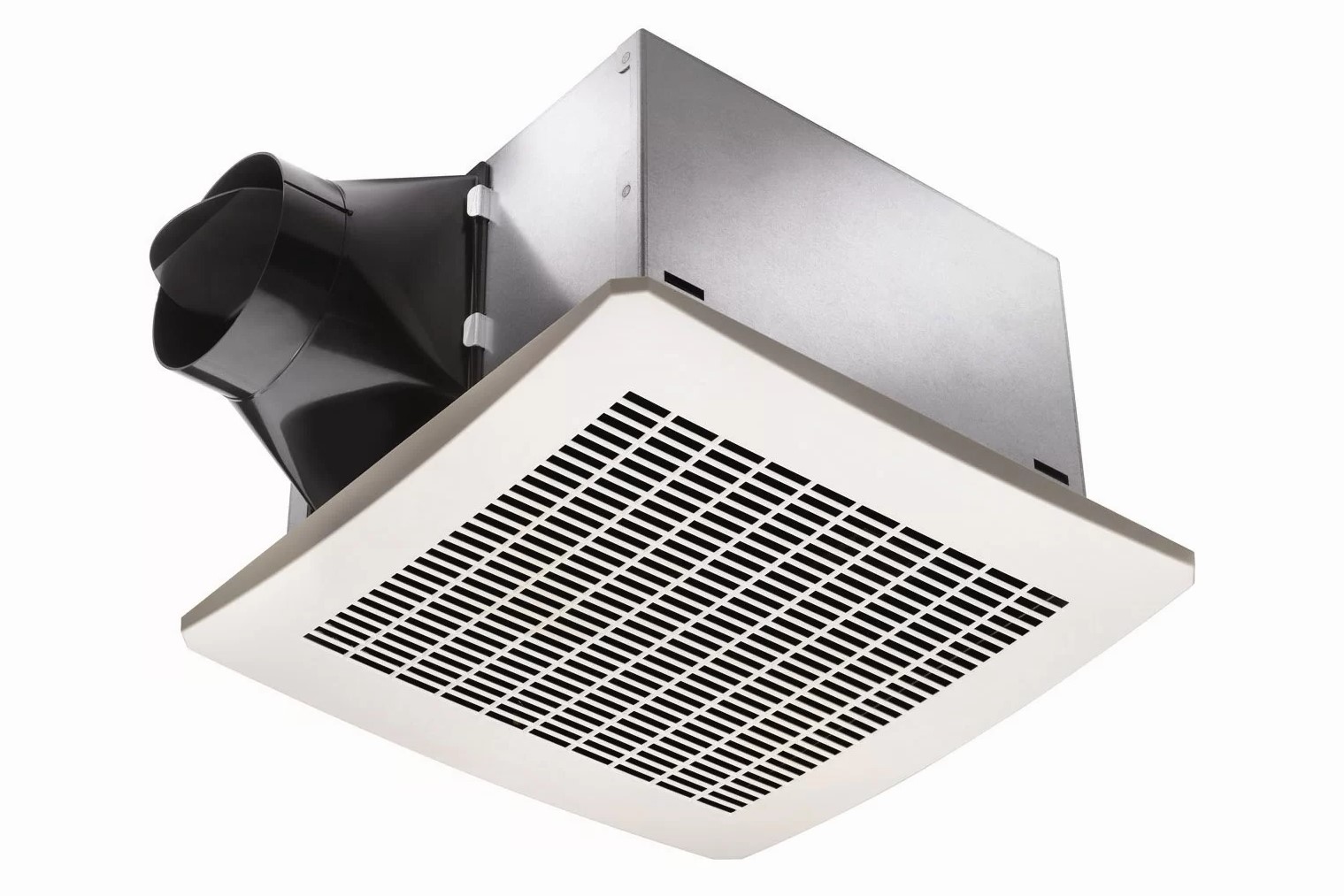

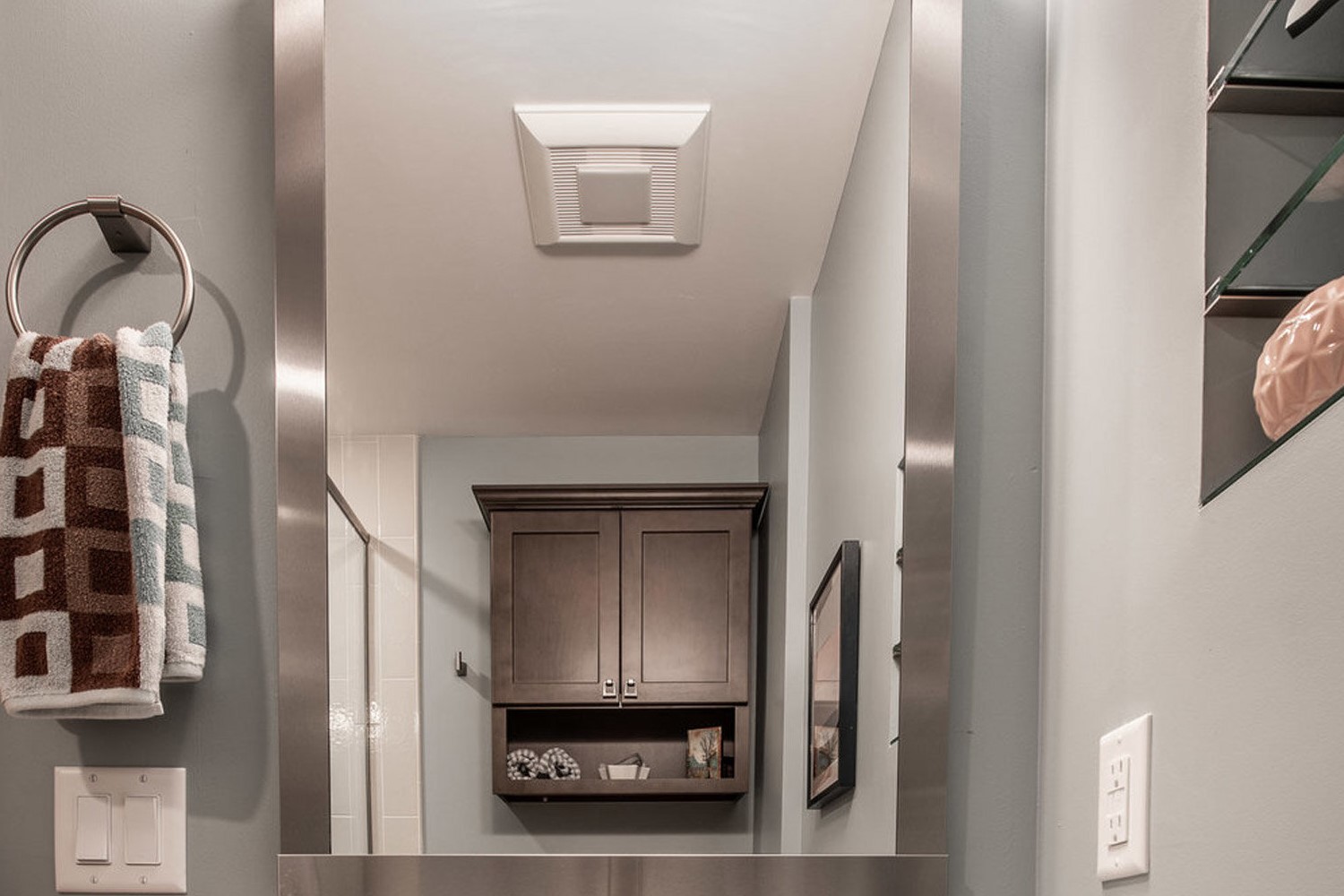
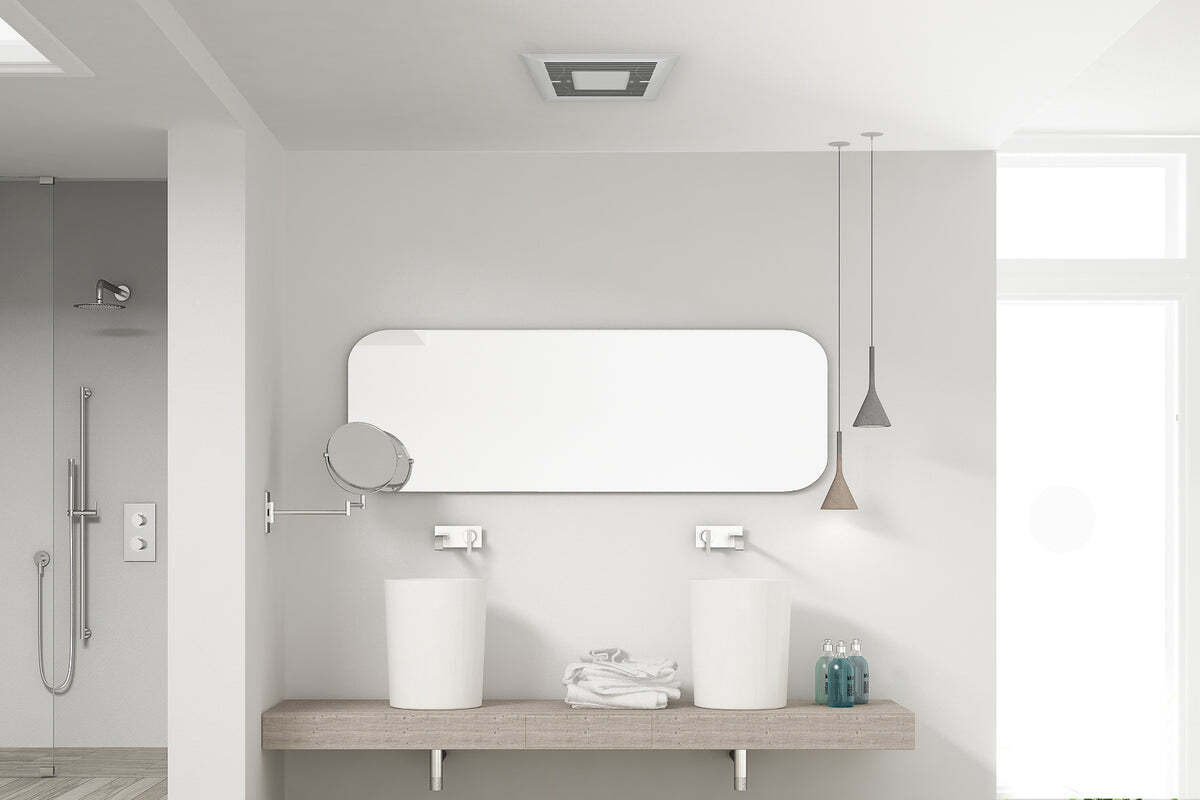
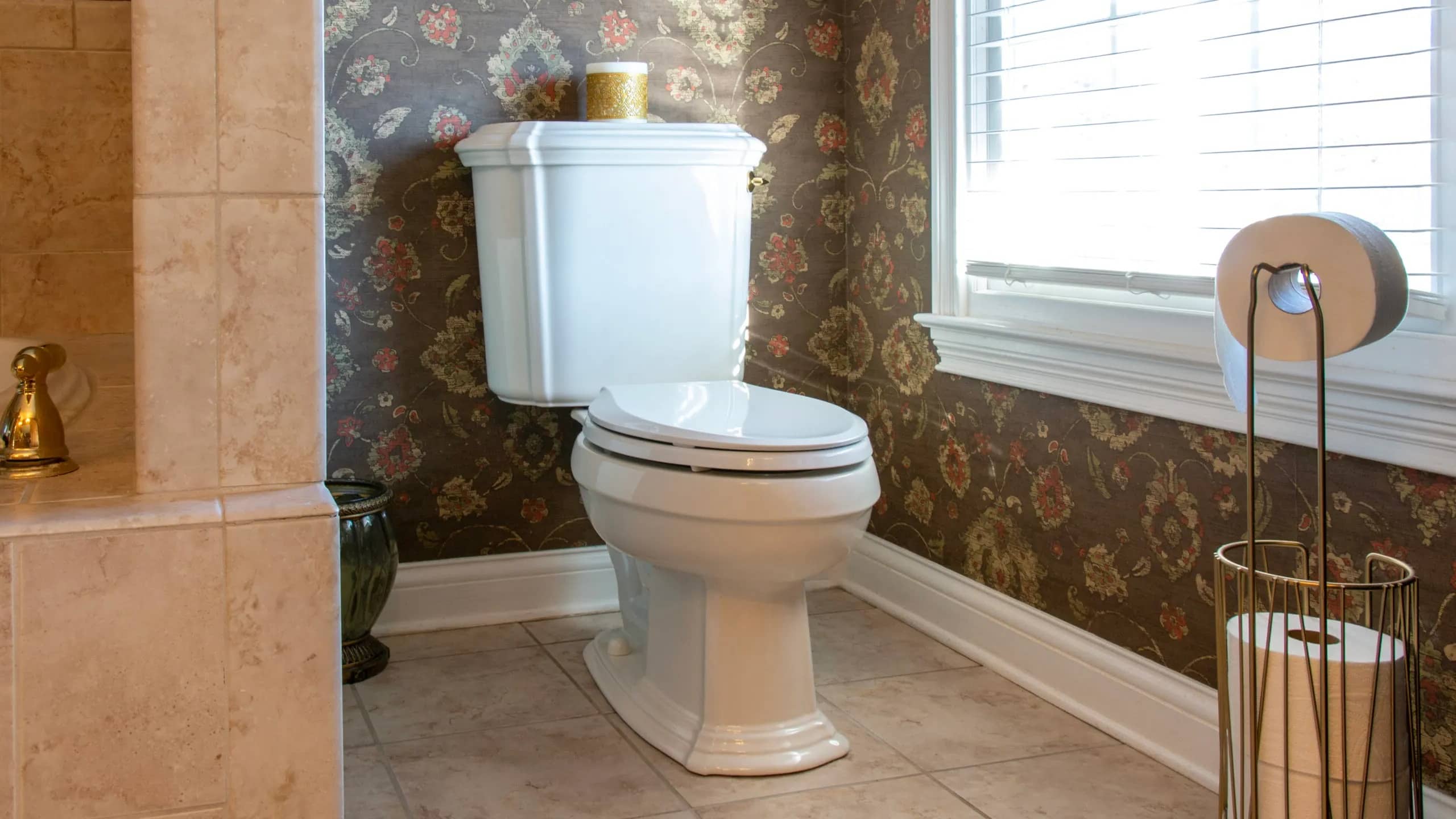


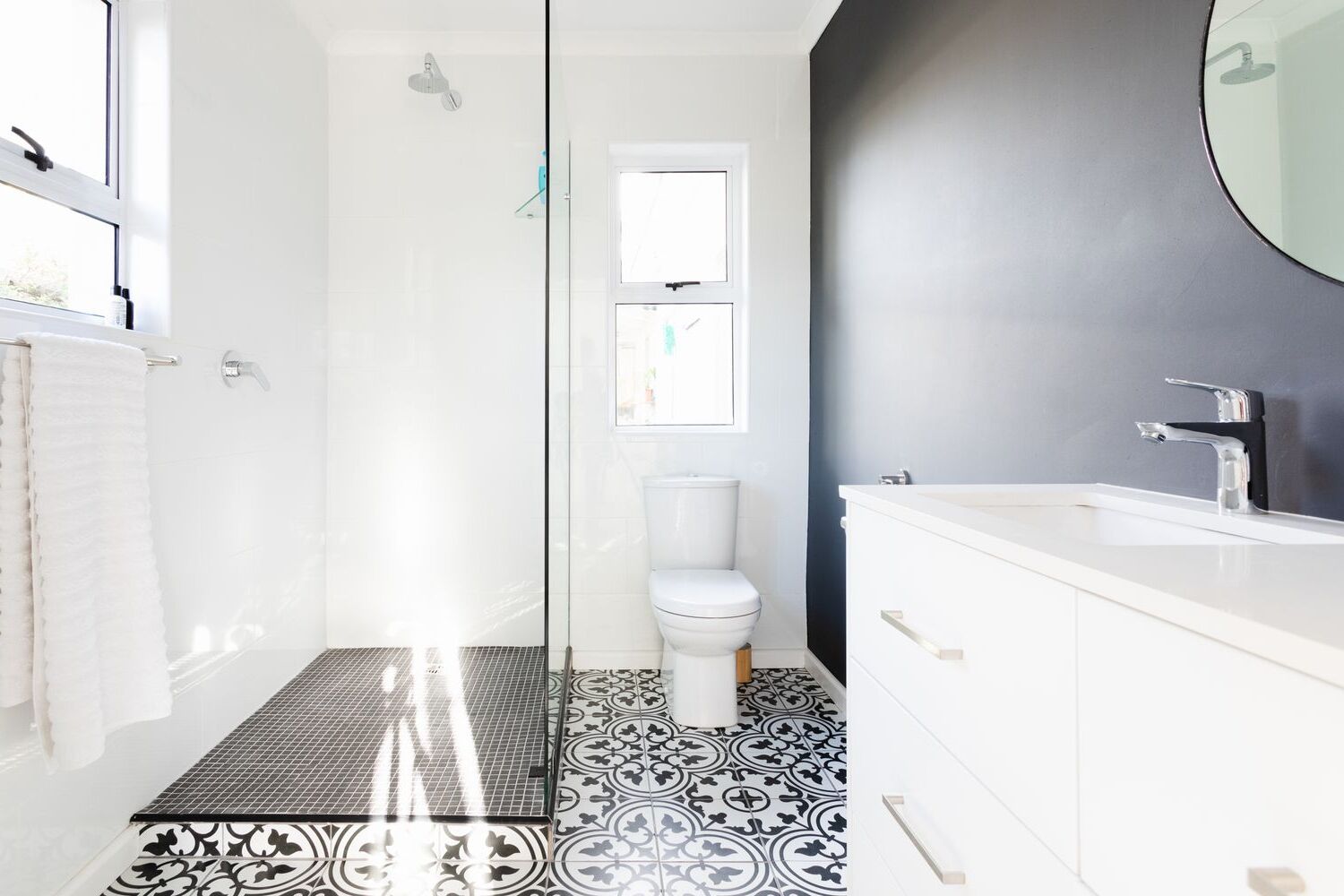
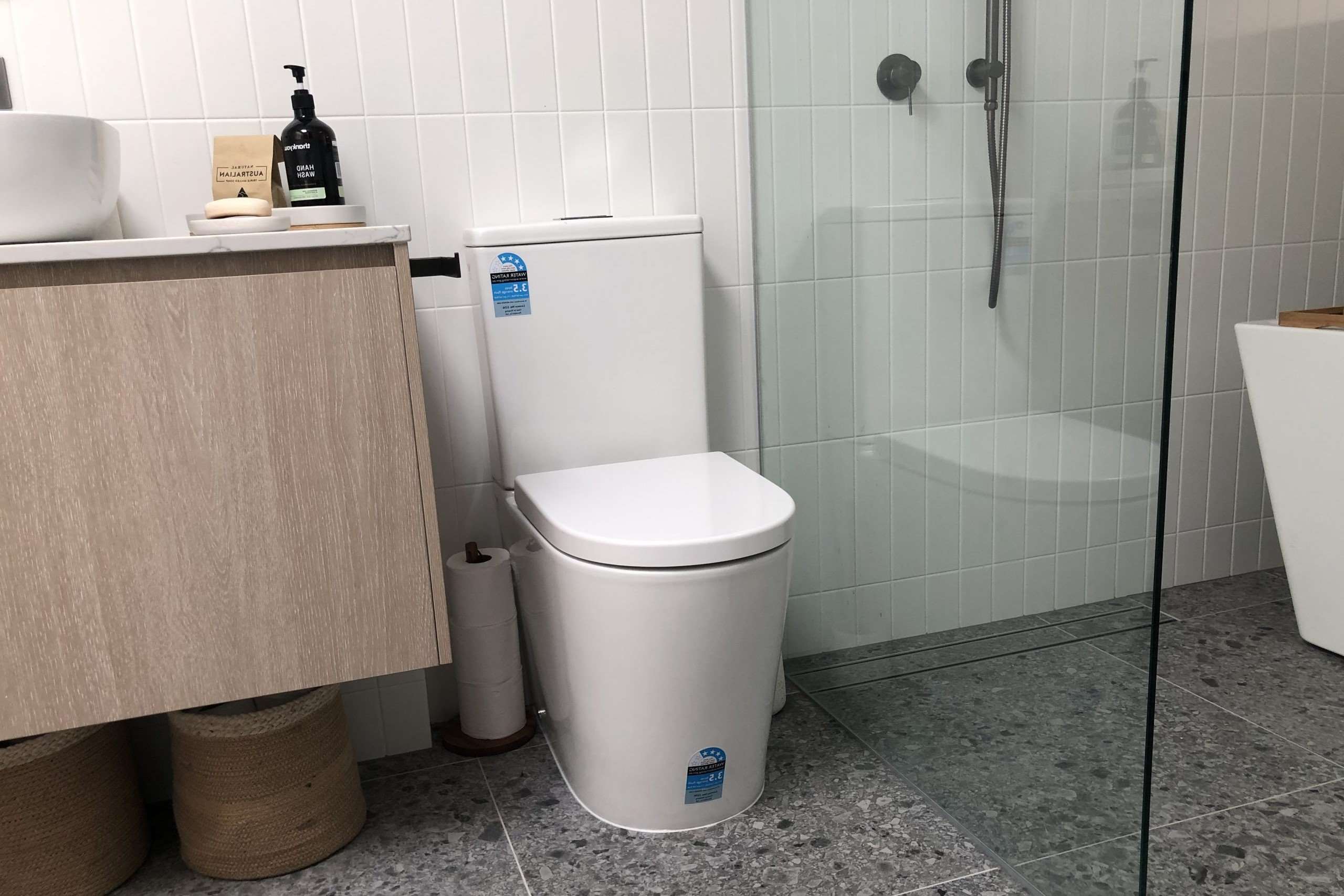



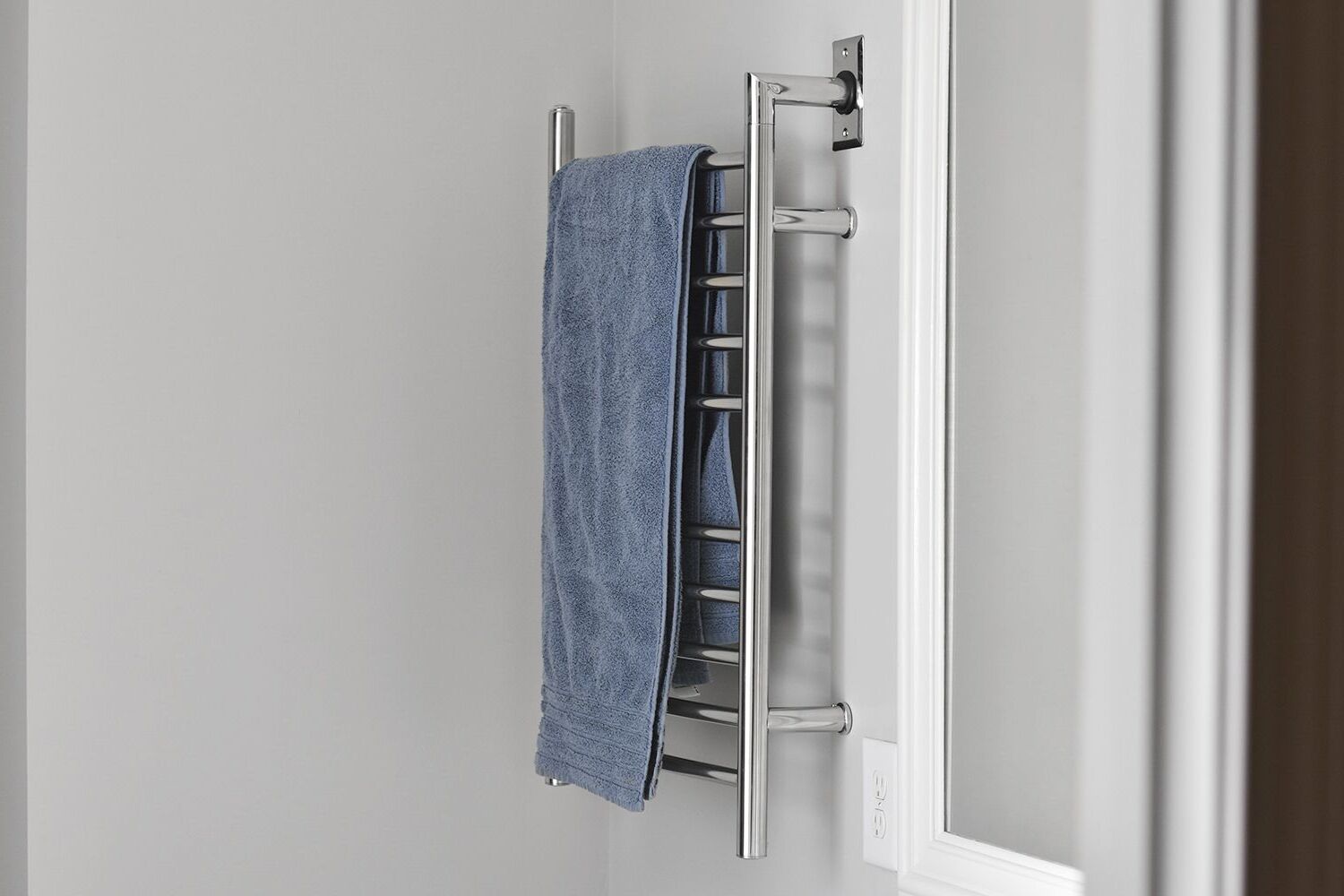


0 thoughts on “How To Choose And Install The Right Bathroom Fan With Air Quality Monitoring”